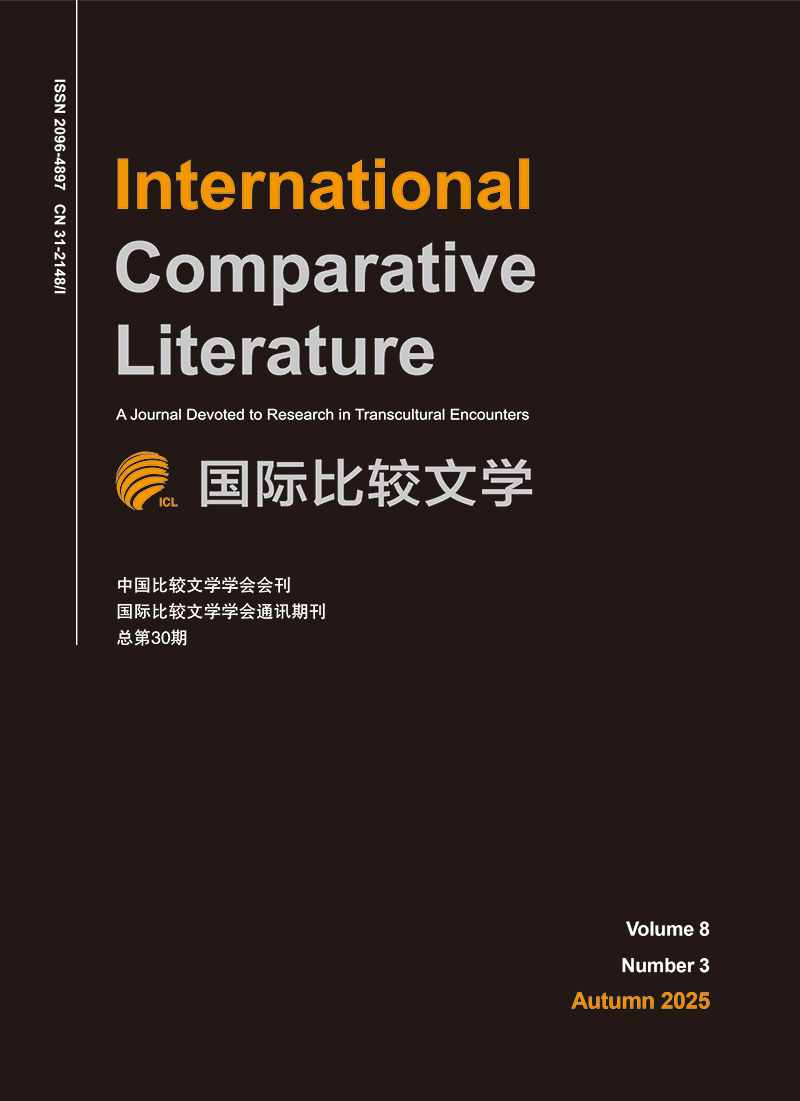|
[1]
|
Bertram, Georg W. El arte como praxis humana. Una estética. Translated by José F. Zúñiga. Granada: Comares, 2016.
|
|
[2]
|
Deleuze, Gilles. La filosofía crítica de Kant. Translated by Mario Aurelio Galmarini. Madrid: Cátedra, 1997.
|
|
[3]
|
Gadamer, Hans-Georg. Estética y hermenéutica. Translated by Antonio Gómez Ramos. Madrid: Tecnos, 1996.
|
|
[4]
|
——. Gesammelte Werke. Vol. 8. Ästhetik und Poetik. Tübingen: J.C.B. Mohr (Paul Siebeck), 1993.
|
|
[5]
|
——.“Estética y hermenéutica.”Translated by José F. Zúñiga. Daimon. Revista de Filosofía 12 (1991): 5-10.
|
|
[6]
|
——. La actualidad de lo bello. El arte como juego símbolo y fiesta. Translated by Antonio Gómez Ramos. Barcelona:
|
|
[7]
|
Paidós, 1991.
|
|
[8]
|
———. Verdad y método. Fundamentos de una hermenéutica filosófica. Translated by Ana Agud Aparicio y Rafael de
|
|
[9]
|
Agapito. Salamanca: Ediciones Sígueme, 1984.
|
|
[10]
|
Heidegger, Martin. Holzwege. 6th ed. Frankfurt am Main: Vittorio Klostermann, 1980.
|
|
[11]
|
———. Caminos de bosque. Translated by Helena Cortés y Arturo Leyte. Madrid: Alianza Editorial, 1998.
|
|
[12]
|
———. Nietzsche. Vol. I. 2nd ed. Translated by Juan Luis Vermal. Barcelona: Ediciones Destino, 2000.
|
|
[13]
|
Hegel, Georg W. F. Filosofía del arte o Estética (verano de 1826). Apuntes de Friedrich Carl Hermann Victor von Kehler.
|
|
[14]
|
Translated by Domingo Hernández Sánchez. Madrid: Abada Editores / UAM Ediciones, 2006.
|
|
[15]
|
Hoffmeister, Johannes. Wörterbuch der philosophischen Begriffe. Hamburg: Félix Meiner, 1955.
|
|
[16]
|
Kant, Immanuel. Crítica del discernimiento. Translated by Roberto R. Aramayo y Salvador Mas. Boadilla del Monte
|
|
[17]
|
(Madrid): A. Machado Libros, 2003.
|
|
[18]
|
——. Crítica de la razón pura. 3rd ed. Translated by Pedro Ribas. Madrid: Alfaguara, 1984.
|
|
[19]
|
——. Transición de los principios metafísicos de la ciencia natural a la física (Opus postumum). Translated by Felix
|
|
[20]
|
Duque. Madrid: Editora Nacional, 1983.
|
|
[21]
|
——.“Reflection 1820a.”In Kant’s Gesammelte Schriften. Edition by the Prussian Academy of Sciences of Berlin
|
|
[22]
|
(1902-1956). Vol. XVI. Berlin: De Gruyter, 1956, 127.
|
|
[23]
|
La Rubia de Prado, Leopoldo.“La autonomía del arte: de Wassily Kandinsky a Frank Stella.”Estudios Filosóficos 62, no.
|
|
[24]
|
181 (2013): 449-74.
|
|
[25]
|
Menke, Christoph. La fuerza del arte. Translated by Niklas Bornhauser Neuber. Santiago de Chile: Metales Pesados, 2017.
|
|
[26]
|
Nietzsche, Friedrich. Estética y teoría de las artes. Translated by Agustín Izquierdo Sánchez. Madrid: Tecnos, 2004.
|
|
[27]
|
——. Así habló Zaratustra. Un libro para todos y para nadie. Translated by Andrés Sánchez Pascual. Madrid: Alianza
|
|
[28]
|
Editorial, 1985.
|
|
[29]
|
Pérez Carreño, Francisca.“El formalismo y el desarrollo de la historia del arte.”In Historia de las ideas estéticas y de las
|
|
[30]
|
teorías artísticas contemporáneas. Vol. 2. Edited by Valeriano Bozal. Visor: Madrid, 1999.
|
|
[31]
|
Zúñiga, José F.“Qué queda de espíritu en el arte cuando este deja de ser su manifestación adecuada? A propósito de Hegel
|
|
[32]
|
y el arte contemporáneo.”Estudios Filosóficos 64, no. 185 (2015): 49-61.
|

 点击查看大图
点击查看大图



 下载:
下载:

